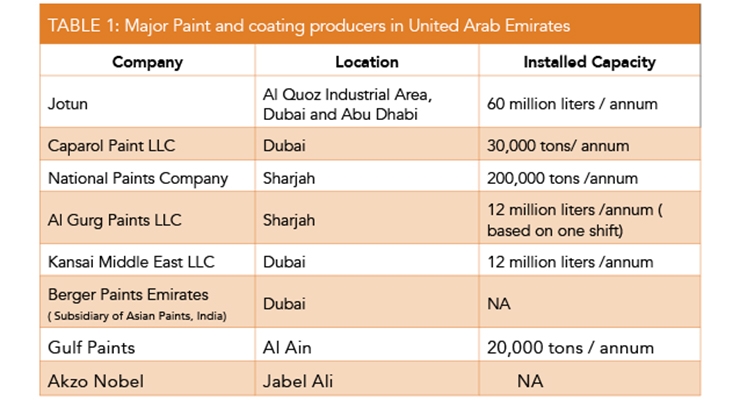How Weather Can Affect Your Outside Paint Job
How Weather Can Affect Your Outside Paint Job
Blog Article
Published By-Greenwood Morin
Recognizing how weather conditions can affect the result of an outside painting venture is critical for achieving a perfect coating. From temperature changes changing paint adhesion to moisture levels influencing drying times, each element of weather condition plays a significant role in the success of your project. Furthermore, wind speed and precipitation can introduce unanticipated challenges that may endanger the quality of the result. As we browse via the nuances of weather's impact on external paint, it comes to be evident that thorough preparation and strategic timing are important for ensuring a professional and long lasting outcome.
Perfect Temperature Level Array for Painting
When considering external painting jobs, the perfect temperature variety plays an important function in attaining ideal results. Painting in visit this web-site ensures that the paint sticks correctly to the surface area, dries out uniformly, and cures properly. Typically, the advised temperature variety for external paint is in between 50 to 85 degrees Fahrenheit.
Painting in temperature levels listed below 50 levels Fahrenheit can lead to concerns such as inadequate paint attachment, long term drying times, and a raised probability of cracking or peeling.
On the other hand, paint in temperature levels above 85 degrees Fahrenheit can cause the paint to completely dry too swiftly, resulting in blistering, gurgling, and an irregular surface.
To accomplish the most effective results, it is important to examine the weather report before beginning an exterior paint project. Ideally, purpose to repaint throughout mild climate condition with modest temperature levels and low moisture degrees.
Effects of Moisture on Paint Drying
Humidity degrees substantially influence the drying out process of paint applied to exterior surface areas. High moisture can lengthen the drying out time of paint, leading to possible issues such as leaking, spotting, or even the development of bubbles on the repainted surface area. Excess moisture airborne reduces the evaporation of water from the paint, hindering the treating process. This is specifically troublesome for water-based paints, as they rely upon dissipation for drying.
On https://emilioenzju.myparisblog.com/34441468/essential-insights-for-effortless-partnership-with-home-painting-professionals , reduced humidity degrees can likewise impact paint drying out. Incredibly dry problems might cause the paint to completely dry as well swiftly, bring about inadequate bond and a rough coating. In such situations, including a paint conditioner or splashing a fine haze of water in the air can help control moisture degrees and boost the paint end result.
To guarantee optimum drying conditions, it is recommended to repaint when the moisture levels vary between 40% and 50%.
Surveillance humidity levels and taking suitable steps can assist attain a smooth and resilient paint coating on outside surfaces.
Wind and Precipitation Considerations
Wind speed and rainfall are crucial aspects that significantly influence the success of an exterior painting project.
When it concerns wind, both rate and direction are vital factors to consider. High wind rates can cause paint to dry as well swiftly, leading to a poor completed with possible concerns like fracturing or unequal structure. Additionally, wind can bring debris that may adhere to the wet paint, leading to imperfections. Consequently, painters must aim to work on days with light to moderate winds for ideal paint problems.
On the other hand, precipitation, whether rain or snow, can be very damaging to the end result of an exterior painting task. Dampness from rainfall can prevent paint adhesion, causing peeling and bubbling over time. It is critical to stay clear of paint during stormy or snowy weather condition to make certain the long life and quality of the paint task. Painters must also enable ample time for the surface to completely dry thoroughly after any kind of rainfall prior to beginning or resuming the painting process.
Conclusion
To conclude, weather conditions play a substantial function in the outcome of an exterior painting task. The excellent temperature level array, moisture levels, wind rate, and rainfall all contribute to the success or failing of the paint work.
It is vital to take into consideration these factors and strategy appropriately to make certain proper paint attachment, drying out times, and general high quality of the ended up item.
